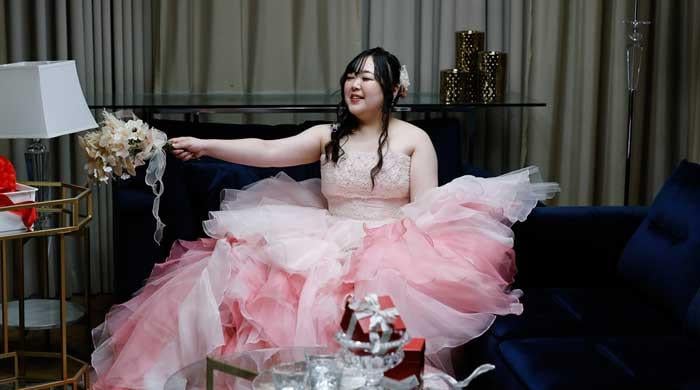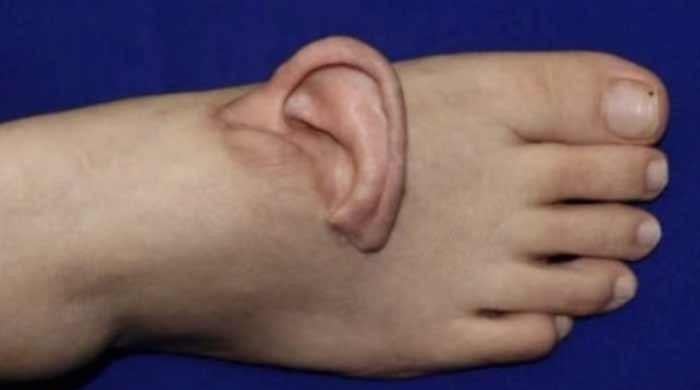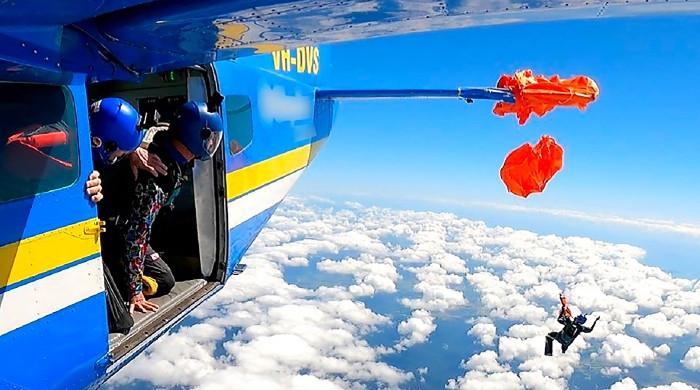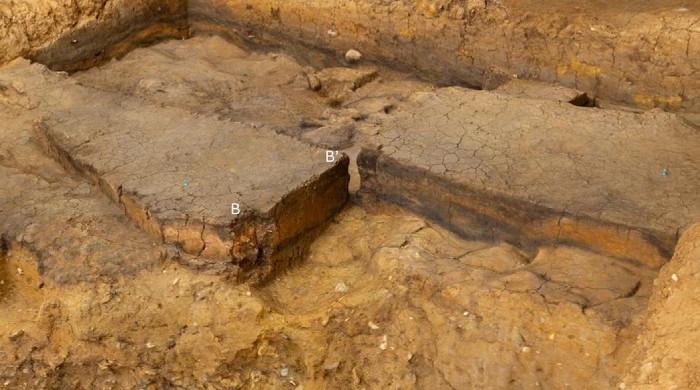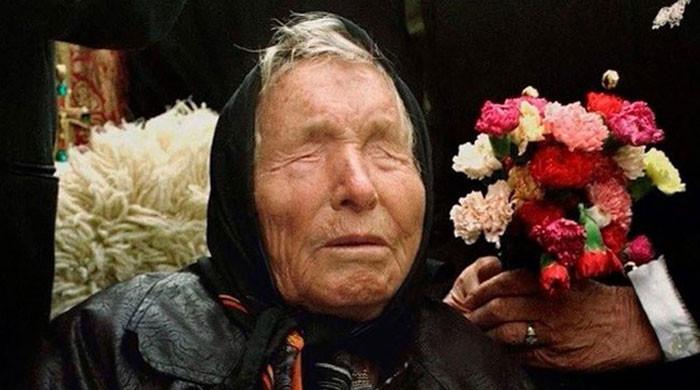Want to buy dead bats? They are up for sale!
Scientists concerned as more than 500 dead bat listings ran on Etsy and 71 ran on eBay in just October last year
February 24, 2023
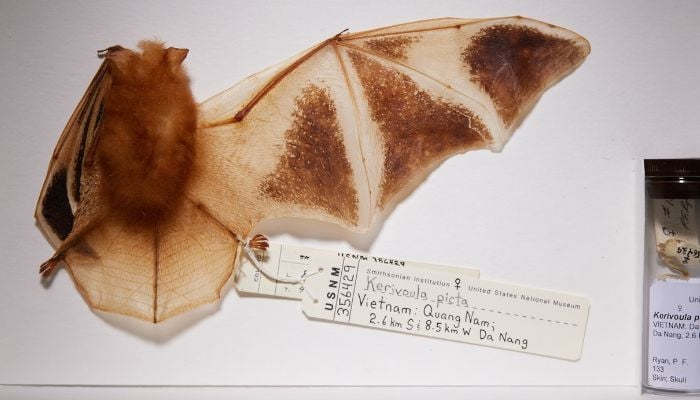
Dead bats are in demand online.
While one living and flying into your hair is the stuff of nightmares, dead ones with their wings outstretched are being sold on Etsy and eBay, National Geographic reports.
“It is disturbing,” the outlet quoted Joanna Coleman, a bat specialist and professor at Queens College, in New York City. “Many bats reproduce slowly,” she added, pointing to the fact that they are vulnerable to overexploitation.
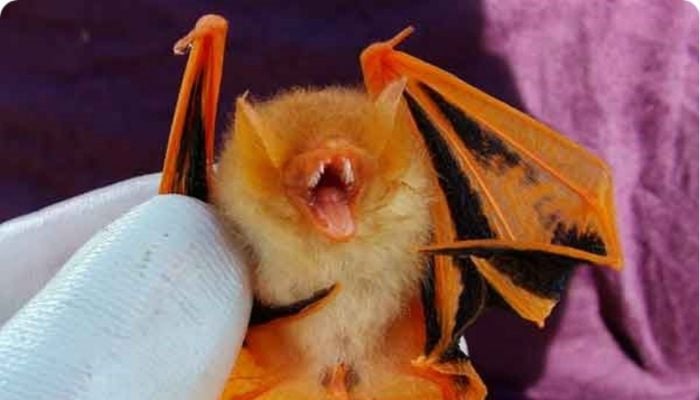
More than 500 dead bat listings ran on Etsy and 71 ran on eBay in just October last year. A few ran on other websites. According to fresh, unpublished research from a bat study group that Coleman co-leads at the International Union for Conservation of Nature, many of the commercials made reference to connections with Halloween, and some even promoted dead bats as Christmas presents.
Coleman claims that during searches last year, she also "saw bat caps, barrettes, and garter belts," in addition to the common practise of selling bats as framed specimens or mounted with their wings outstretched. Several bats appeared in some advertisements. Bats were also presented in small coffins in other cases.
According to Nistara Randhawa, a data scientist at the University of California Davis who has been searching e-commerce platforms for listings of painted woolly bats in particular, more than 130 ads featured painted woolly bats. According to her, the majority of people selling bat items online appear to be American.
Painted woolly bats are distinguished by their vivid orange and black colouring, which makes them blend in with their surroundings' leaves but also attracts hunters and buyers.
According to biologist Susan Tsang, a research associate at the American Museum of Natural History and a participant in the IUCN bat trade working group, it is unclear who is hunting the bats, who performs the taxidermy, and who oversees the international shipping from their source countries in Asia. Because painted woolly bats are not commercially produced and, for a part of the year, only have one offspring between an adult male and a female, they cannot be mass-collected by hunters.
Endangered?
Although painted woolly bats are found throughout Asia, the IUCN classified them as "near endangered" and declining in 2019.
One of their biggest threats is the "souvenir trade." The legality or illegality of trapping and exporting bats is subject to significantly divergent national policies. Coleman is concerned that the species may already be in worse danger than expected based on the current data. She admits that she is unaware of the exact scope of the trade, but speculates that it may be enough to qualify as seriously endangered.
Are bat sales new?
In the countries where they are found, bats have long been traded in local marketplaces for meat, trinkets, and traditional medicines. But, online commerce increases the threat to bats and generates a new, higher demand. According to Tsang, there is a niche market for these goods, and the internet has helped it grow.
According to a 2017 Newsweek investigation, the United States imported about 115,000 bats between mid-2000 and 2013. The specimens for scientific or museum collections accounted for about 60,000 of the total. Since then, tens of thousands of bats have appeared online for sale.




